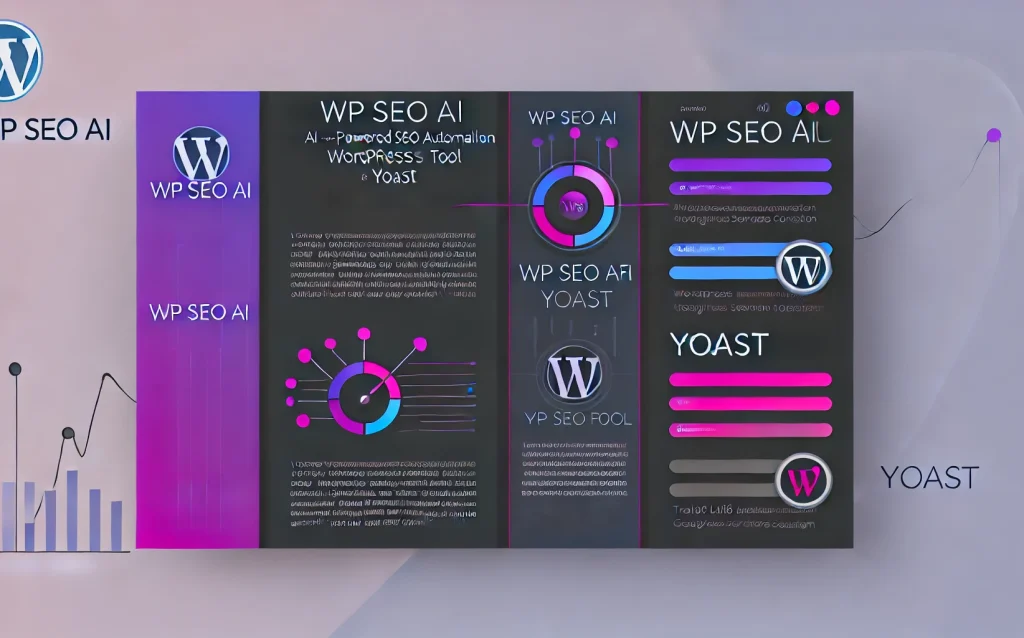A link contained in one website that leads to a different website is called an external link or an outbound link. These terms are used interchangeably in SEO and web development to describe hyperlinks that direct users away from your domain to another website. External links differ from internal links, which connect pages within the same website.
What is the proper name for links that go to different websites?
The proper name for links that go to different websites is external links, also commonly called outbound links. Both terms describe the same concept: hyperlinks that take users from your website to a completely different domain or website.
In SEO and web development terminology, these links are specifically defined by their destination. When you click an external link, you leave the original website and arrive at a different domain. For example, if you’re on example.com and click a link that takes you to wikipedia.org, that’s an external link.
Web professionals use both terms depending on context. “External links” emphasises the destination (external to your site), while “outbound links” emphasises the direction (going out from your site). The HTML structure remains the same regardless of which term you use.
How do external links actually work on websites?
External links work through standard HTML anchor tags that contain URLs pointing to different domains. When users click these links, their browser sends a request to the new website’s server and loads the external page, effectively taking them away from the original site.
The basic HTML structure for an external link looks like this: <a href=”https://example.com”>Link Text</a>. The href attribute contains the complete URL of the external website, including the protocol (https://) and domain name.
When you click an external link, several things happen behind the scenes. Your browser reads the URL, sends a request to the external website’s server, and begins loading the new page. The original website typically loses the visitor at this point, unless the link includes attributes like target=”_blank” to open in a new tab.
Search engine crawlers also follow external links during their indexing process. This helps search engines understand the relationships between websites and can influence how they evaluate content quality and relevance.
What’s the difference between internal links and external links?
Internal links connect pages within the same domain, while external links connect to different domains. Internal links keep users on your website, whereas external links send them to other websites entirely.
Internal links use relative URLs (like “/about-us”) or absolute URLs within your domain (like “https://yoursite.com/contact”). They help users navigate your website and allow search engines to discover and understand your site structure. These links pass authority between your own pages and keep visitors engaged with your content.
External links always use absolute URLs that include the full domain name of the destination site. They serve different purposes, such as citing sources, providing additional resources, or linking to partner websites. Unlike internal links, external links can potentially send visitors away from your site.
From an SEO perspective, internal links help distribute page authority throughout your website and improve crawlability. External links can signal to search engines that you’re providing comprehensive, well-researched content by referencing authoritative sources.
Why do websites include links to other websites?
Websites include external links to provide additional value to users, cite credible sources, build relationships with other sites, and demonstrate expertise by referencing authoritative content. These links enhance user experience by offering comprehensive information beyond what’s available on the original site.
Citing sources through external links builds credibility and trust with your audience. When you reference research, statistics, or expert opinions, linking to the original source allows readers to verify information and explore topics in greater depth. This practice is particularly important for establishing expertise and authority in your field.
External links also serve relationship-building purposes. Linking to industry partners, suppliers, or complementary businesses can strengthen professional relationships and potentially lead to reciprocal linking opportunities. Many websites link to social media profiles, review platforms, or directory listings to expand their online presence.
From a user experience standpoint, external links provide pathways to related information that enhances understanding. For example, a blog post about web design might link to colour theory resources, font libraries, or design inspiration galleries to give readers comprehensive guidance.
How do external links affect your website’s SEO?
External links can positively impact SEO by demonstrating content quality and relevance to search engines, though they do pass some authority away from your site. Search engines view thoughtful external linking as a sign of comprehensive, well-researched content that provides genuine value to users.
When you link externally, you’re essentially vouching for the linked content’s quality and relevance. Search engines interpret this as a signal that your content is thorough and trustworthy. However, each external link does pass some “link juice” or authority to the destination site, which is why strategic linking matters.
The quality of sites you link to affects your SEO reputation. Linking to authoritative, relevant websites can enhance your content’s credibility. Conversely, linking to low-quality or spammy sites can potentially harm your search rankings. Search engines evaluate both the quantity and quality of your external links.
For modern SEO strategies, external links play a role in Generative Engine Optimization. Unlinked mentions of your brand across the web increasingly influence how AI systems like ChatGPT and Google’s AI Overview reference your content. When other sites mention your brand without linking, these citations can still contribute to your visibility in AI-generated responses, making external linking part of a broader digital presence strategy.
What are the best practices for linking to external websites?
Best practices for external linking include choosing high-quality, relevant destinations, using descriptive anchor text, considering nofollow attributes for certain links, and regularly checking that linked content remains valuable and accessible to your users.
Always link to authoritative, trustworthy websites that provide genuine value to your readers. Verify that the external content is accurate, up-to-date, and from reputable sources. Avoid linking to direct competitors unless it genuinely serves your users’ interests, as this can send potential customers away from your site.
Use the rel=”nofollow” attribute when linking to untrusted content, paid placements, or user-generated content. This tells search engines not to pass authority to the linked site. However, don’t overuse nofollow on legitimate, valuable external links, as natural linking patterns include both followed and nofollowed links.
Consider opening external links in new tabs using target=”_blank” to keep users on your site while allowing them to explore external resources. Always include rel=”noopener” or rel=”noreferrer” with target=”_blank” for security purposes. Regularly audit your external links to ensure they’re still working and pointing to quality content that serves your users’ needs.





